MedGU 2025 : The 5th Mediterranean Geosciences Union Annual Meeting
Presentation of research by Iranian geologists at the 5th Mediterranean Geosciences Conference
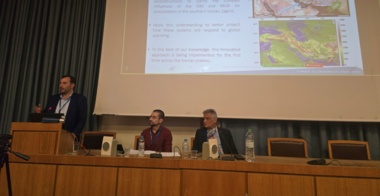
At the 5th Mediterranean Geosciences Union Annual Meeting (MedGU 2025), held from 10 to 12 November 2025 in Athens, Greece, three faculty members of the Geological Survey and Mineral Explorations of Iran (GSI) and the Research Institute for Earth Sciences (RIES) presented their latest scientific findings on geological hazards and climate change.
According to the Public Relations Office of GSI and RIES, Dr. Razieh Lak, President of the Research Institute for Earth Sciences, delivered a talk titled “Coastal Hazards of Iran’s Seas and Recommendations for a Sea-Specific Coastal Protection Strategy.” In her presentation, she emphasized the urgent need for developing national strategies to protect Iran’s coastal zones from both natural and human-induced hazards.
Referencing extensive studies along the country’s shorelines, she noted that natural hazards play a dominant role along the southern Caspian Sea coast. Rapid sea-level fluctuations, she explained, pose the most significant threat—periodically causing marine transgressions that inundate coastal lands, or regressions that dry out wetlands and disrupt port operations.
Dr. Lak highlighted precise coastal management aligned with these fluctuations as the most essential protective strategy for the eastern and southeastern Caspian regions.
She further discussed hazards affecting Iran’s other seas: along the Gulf of Oman, coastal erosion driven by wave action and the occurrence of tropical cyclones represent the most critical risks. In contrast, the Persian Gulf faces primarily human-induced threats, including marine pollution and increased sedimentation rates resulting from the construction of artificial islands in the UAE—issues that now constitute severe environmental challenges.
Another key presentation was delivered by Dr. Alireza Vaezi, faculty member and Director of Rehabilitation and Capacity Building at RIES. His talk, titled “Mid-Latitude Westerlies Variability and Its Hydroclimatic Impacts on the Iranian Zagros Region: From the Last Glacial Maximum to the Mid-21st Century,” examined long-term changes in the westerly wind system and its influence on precipitation patterns, temperature regimes, and water resources across the Zagros Mountains. He underscored that understanding these dynamics is essential for predicting future climate trajectories and ensuring effective water-resource management in Iran.
Dr. Hamid Nazari, faculty member at RIES and Chairholder of the UNESCO Chair on Coastal Geohazards, also presented a paper titled “White Hydrogen and Ophiolitic Terranes in Iran.” His study provided a comprehensive overview of natural (white) hydrogen, a geologically generated form of hydrogen produced spontaneously within Earth’s crust and mantle. The research compared white hydrogen with other forms—such as green, blue, and gray hydrogen—and explored geogenic production mechanisms, including the serpentinization of ultramafic rocks. Dr. Nazari emphasized the potential role of natural hydrogen in reducing dependence on fossil fuels and supporting the transition to clean energy. The presentation further highlighted the importance of exploring, extracting, and utilizing this resource to advance sustainable development and a low-carbon economy.
The conference, attended by leading geoscientists from around the world, drew significant attention to the new findings presented by the Iranian researchers.
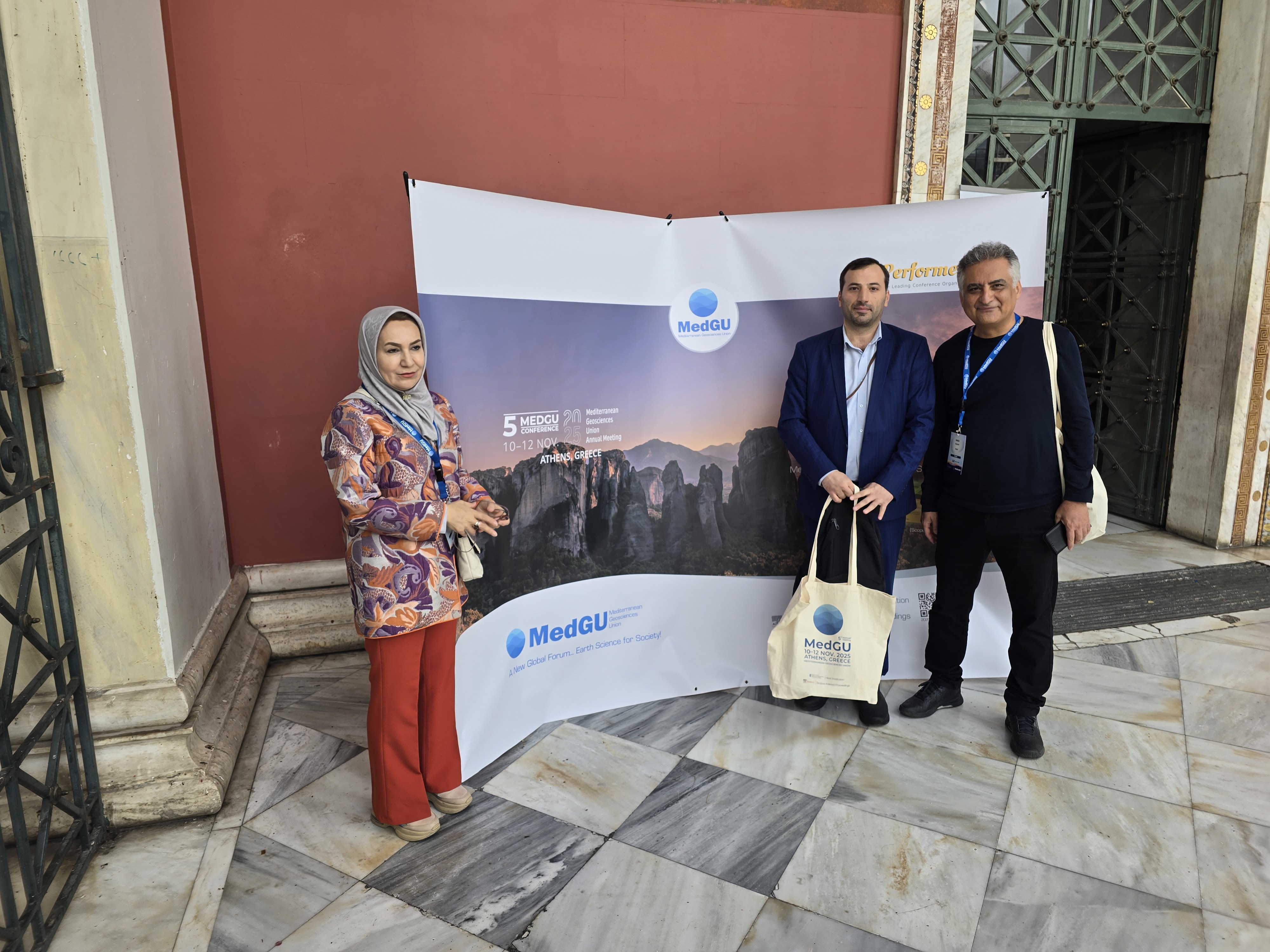
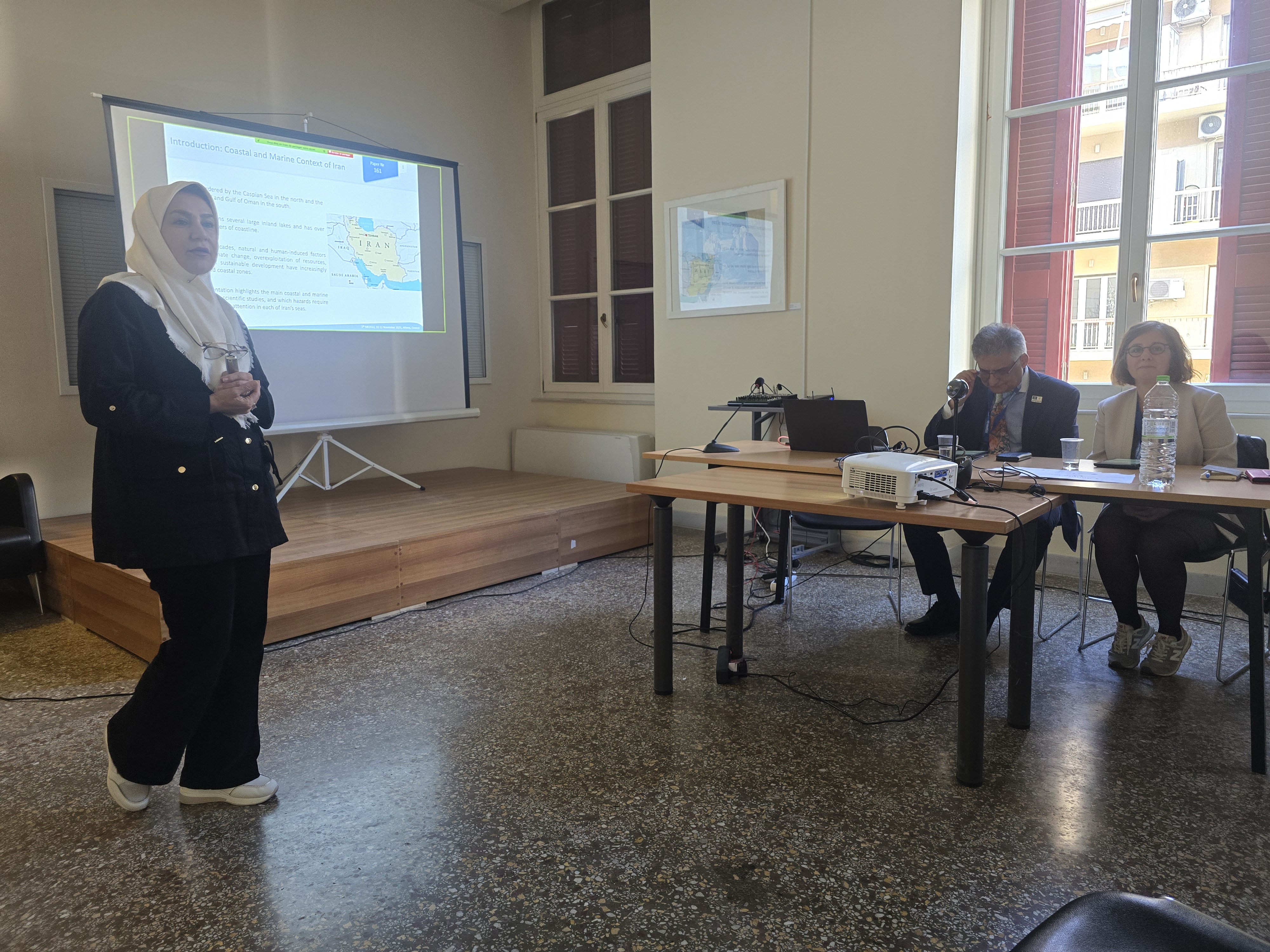
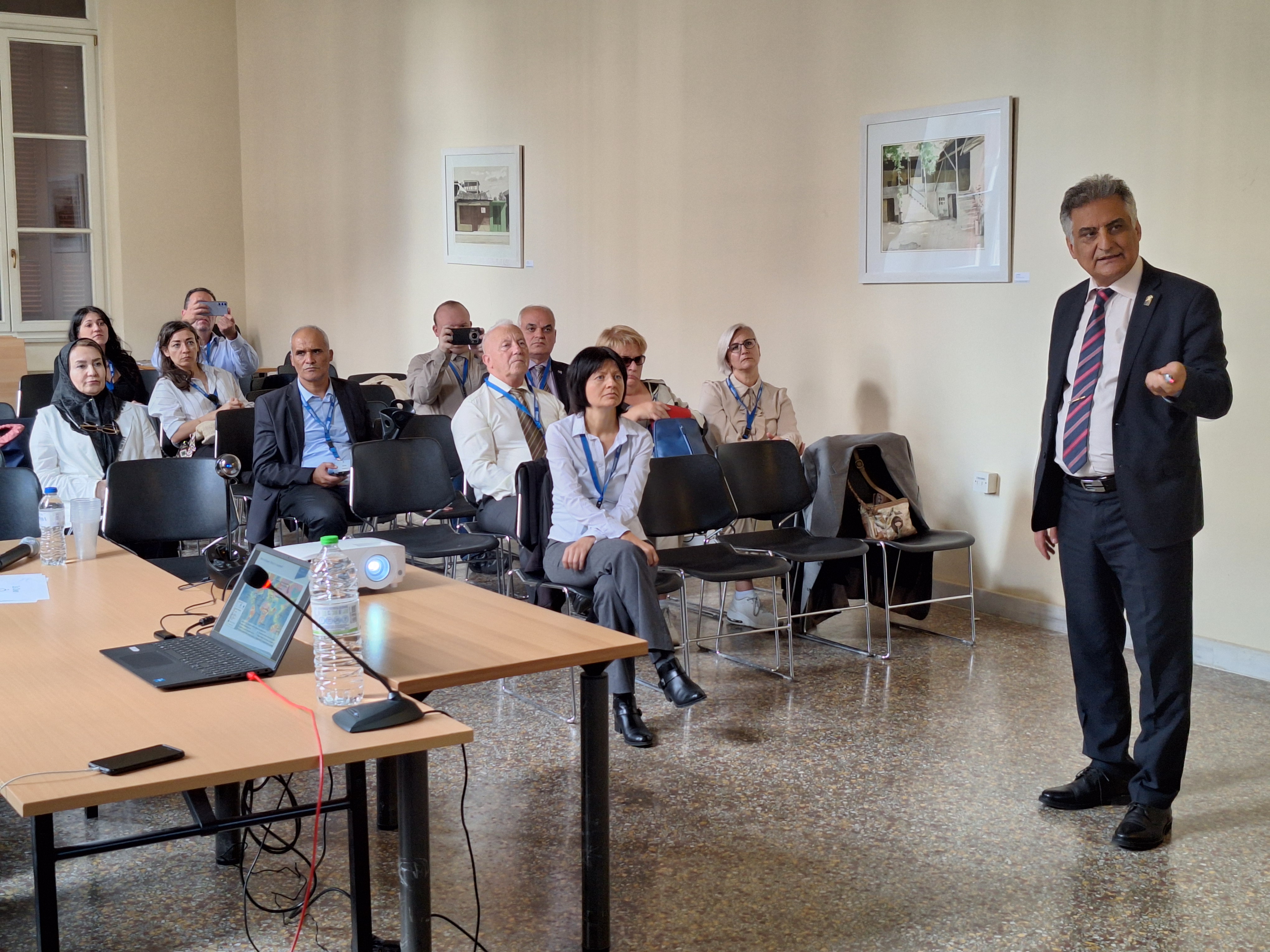
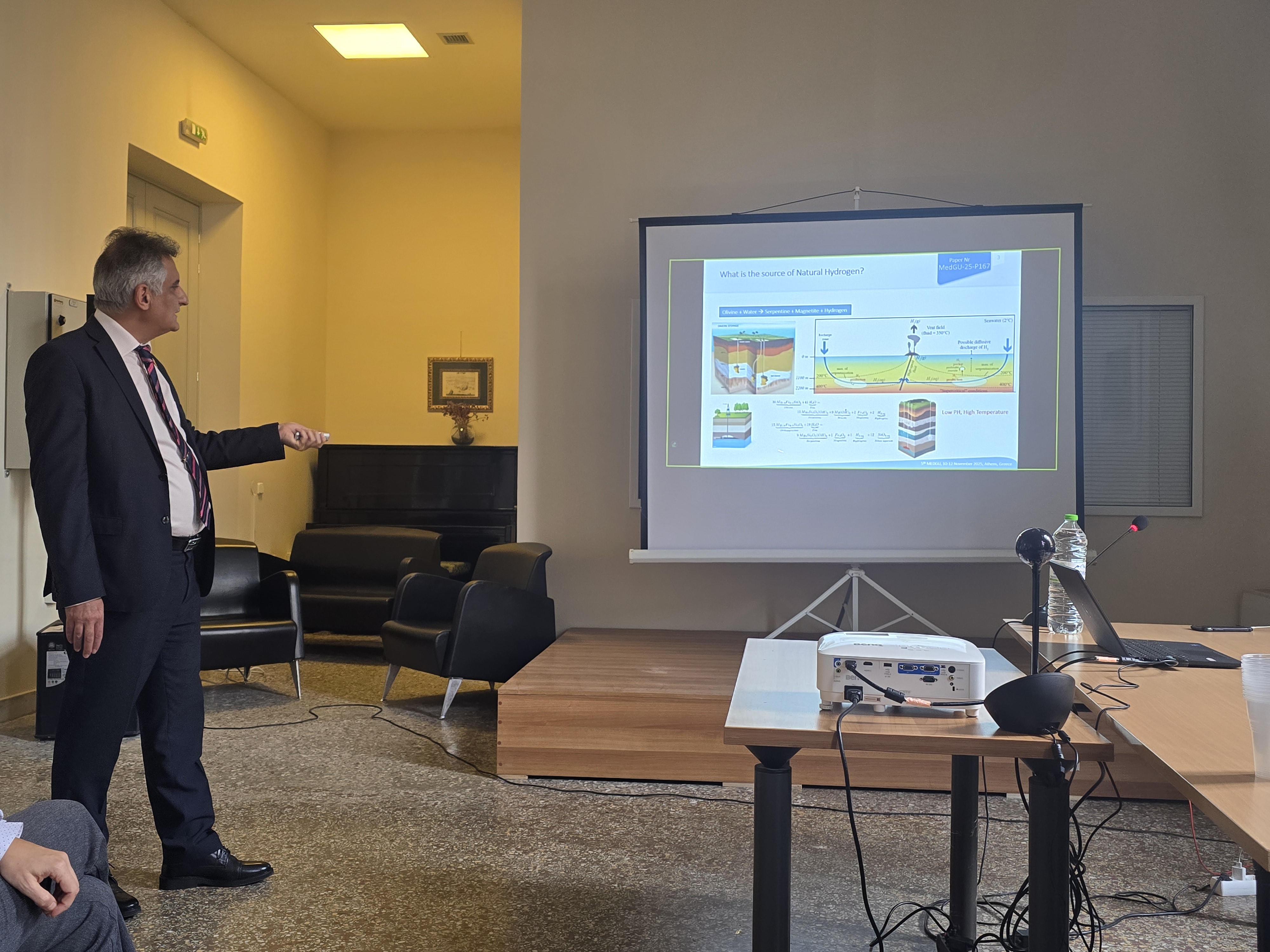
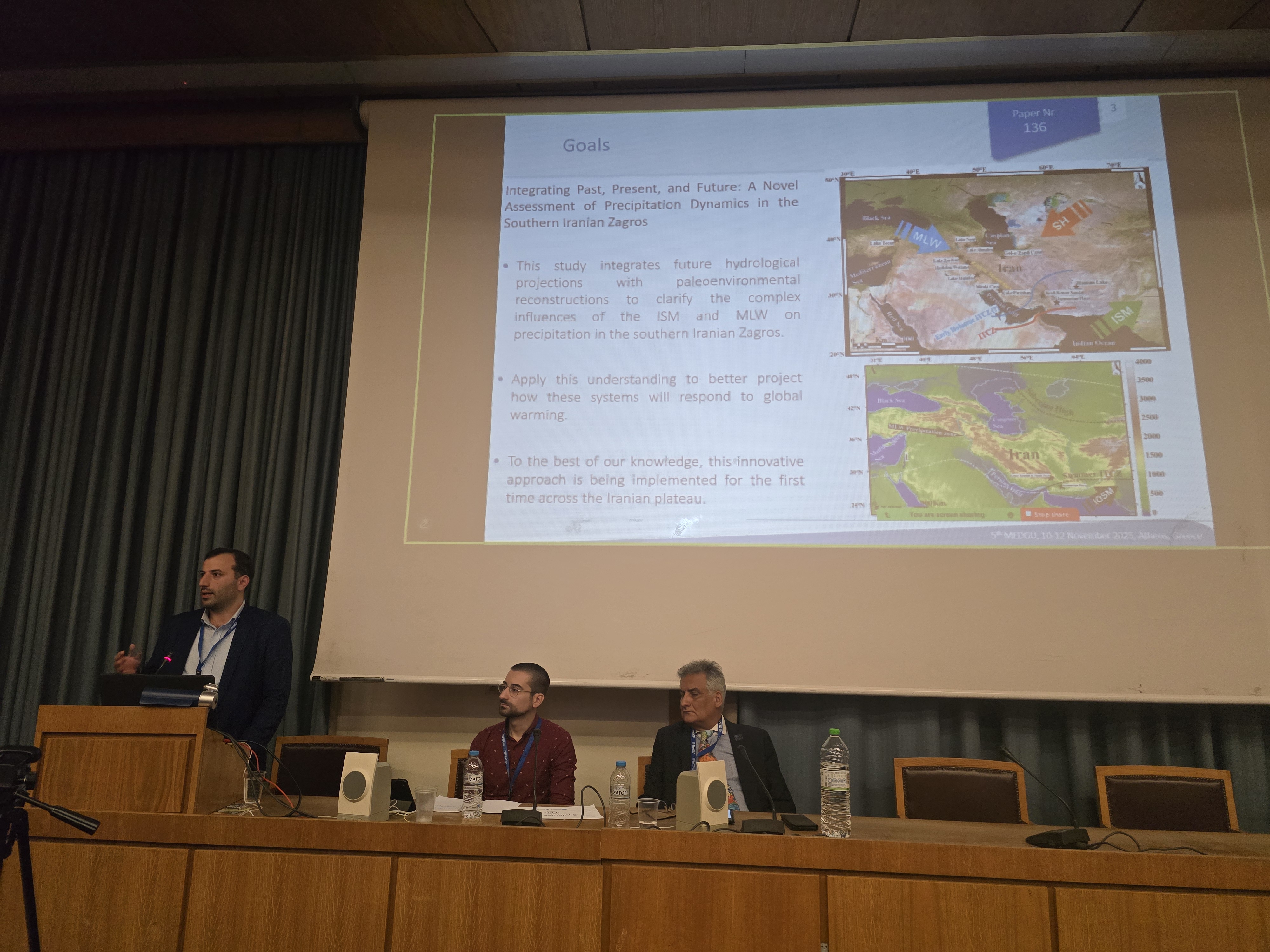
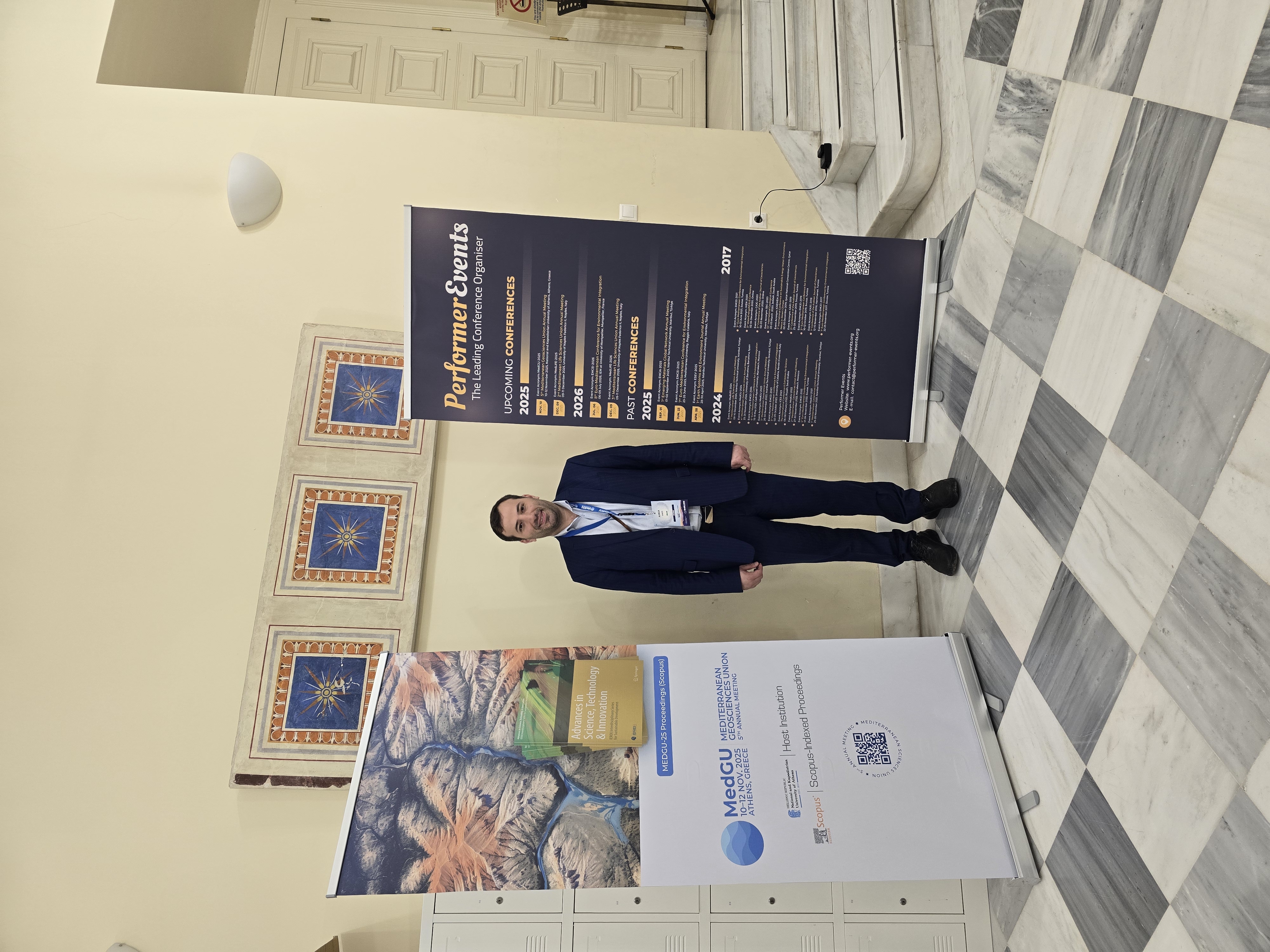


Your Comment :